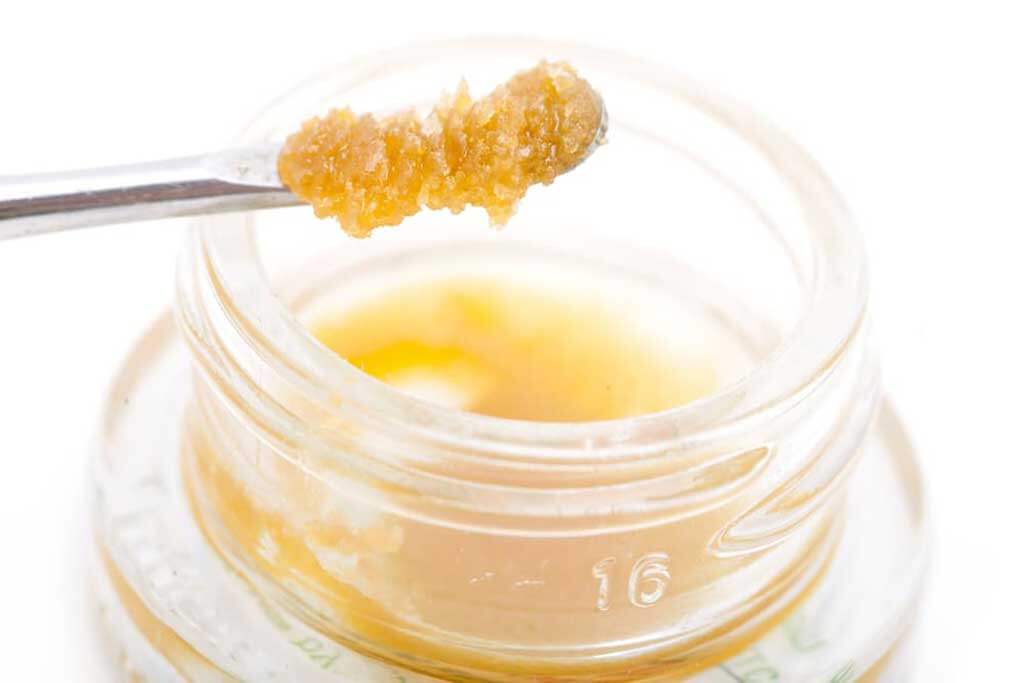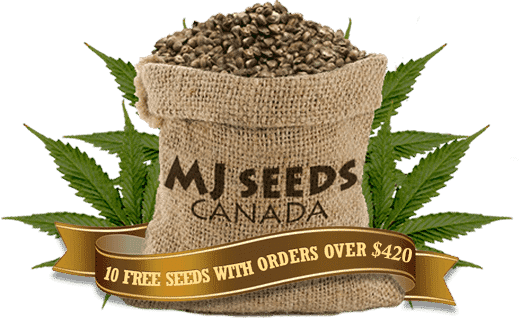
When we talk about cannabis, we can say that there is relatively little more than what is seen by the naked eye. If you crave the flowers, at a certain period, you may have questioned yourself about the very popular weed crytals do they really exist? You may have asked whether they do really exist.
Well, the answer is yes. They are the very little crystals that are likely to wrap the buds and leaves of any strain. They are likely glossy, gummy, and always emanate the most incredible scent. When taking a closer look, these coverings of frost look like a huge compilation of what are called trichomes.
What are Trichomes?
Trichomes are the delicate offshoots of limbs on cannabis plants, lichens, algae, and some protists. Coming from a Greek word that is “Trichoma,” which means the growth of hair, trichomes are very small microscopic mushroom-resembling outgrowth that seems to be inspired by a fiction novel from science.
However, they are the very firms that create the hundreds of called flavonoids, terpenes, and cannabinoids that comprise our potent, effective, and distinct cannabis strains.
Weed crystals or trichomes are the portions of cannabis plants that carry the majority of THC and particularly utilized to create concentrates such as hash or kief. Substantially, if checking at the buds of the cannabis, the more numbers of crystals you notice, the more powerful the product is.
Trichomes have cannabinoids like THC and CBD. If a cannabis plant has plenty of crystals, then it is very likely to be potent and has great levels of cannabinoids. These crystals are commonly glossy and very gummy. They also produce the evidential aroma of different strains.
The quantity of light has an impact on the production of crystals of a cannabis plant. A wide light spectrum stimulates the plant to make abundant crystals.
Although trichomes provide many benefits to the cannabis plant, they are also appreciated by cannabis enthusiasts since they carry the compounds which are accountable for the effects of cannabis as well as the kind of tastes and scents the plant emanates.
What are the Functions of these Weed Crystals?
The generation of the weed crystals trichomes may be noticed in numerous varieties of plants found in nature, portraying different physical structures, and also act for many various purposes. For instance, trichomes seen on plants classified as carnivorous facilitate in helping to capture prey.
In cannabis plants, the functions of trichomes act as a defense procedure. Once the female cannabis starts to bear flowers, they commonly become susceptible to different animals and insects and also the non-living natural variables like the conceivably destructive UV rays.
These weed crystals further act as an impediment for animals due to the strong fragrance and harsh taste that deliver cannabis flowers unappetizing. Simultaneously, they also act a dual-task in safeguarding the plants from the rough winds as well as some variations of fungal development.
Another thing that you should know is that it is in the trichomes that the release of cannabinoids, terpenes, and flavonoids takes place. Basically, without the presence of trichomes, it will not be possible for anyone to experience the high or feel the medicinal benefits.
Various Kinds of Trichomes
Trichomes are proven to exist in numerous sizes and structures. However, there are three kinds of trichomes that are most visible in cannabis plants:
- Bulbous trichomes are the tiniest in the group, and they occur in the area of the whole plant. These trichomes are as tiny as 10 to 15 micrometers. They are sufficiently tiny to only be composed of a small number of cells.
- Capitate sessile trichomes are a bit bigger and exhibit both a stalk and head. These trichomes are comparably more bountiful than their relative – bulbous. However, they cannot defeat the generosity and size of the other variety of trichomes.
- Capitate-stalked trichomes have a size that varies from 50 to 100 micrometers, which means that they are a lot bigger, and they can be seen even by the naked eye. Their formation comprises a stalk composed of hypodermic and epidermal cells that accumulate to a fundamental cell that adheres to a huge gland head. This particular gland head, bind by a lustrous cuticle layer, acts as the focal point for terpenoid and cannabinoid synthesis.
The three kinds of trichomes release cannabinoids, although when we talk about the kind of trichome that produces the most abundant in and surrounding the calyxes of the buds in flowers – it will be the capitate-stalked trichomes.
The Production of Trichomes
Cannabinoid amalgamation in the trichome starts while the cannabis plants proceed to the boom stage. While they start to bear flowers, trichomes develop near the exterior part of the over-ground plant vegetation and start to carry plastids and vacuoles from the stalk to the big gland head.
During this time, cells in the gland head will start to metabolize and create harbingers for what will likely form cannabinoids.
The concentration and rate at which the plant of cannabis bears trichomes shall be conditional on both environmental and genetic factors. Although plants with greater concentrations of trichomes do not always create the greatest concentration of terpenes and cannabinoids, variables like the UV light significantly affect the amalgamation of terpenes and cannabinoids in the trichome head.
Substantially, plants that get a wider light spectrum will create greater concentrations of cannabinoids, although, in a lot of cases, these responses shall be particular to the strain.
The Lifecycle of Trichomes
The lifecycle of trichomes greatly correlates that of the plant of cannabis on which it lives, making it amazingly significant for growers to supervise. The lifespan of trichomes can be comparable to a parabola where you will find the apex to depict the instance at which maturity surpasses and degradation starts.
For many parts, trichomes shall exhibit maturity on this parabola by altering obscurity from a fine translucent condition to a misty white, and later amber tinge.
The progression of color in the trichome head symbolizes its maximum ripeness, and growers commonly utilize this as an indication to harvest since it is the period when the trichomes have acquired the stage of full maturity and shall start to debase from this time onward.
It is crucial to comprehend that not all kinds of cannabis strains are similar, and certain trichomes will demonstrate maturity uniquely. Nonetheless, the coloration of the trichomes stays the standard for identifying the time of harvest for the majority of strains.
Factors That Affect Trichomes
Regardless if it is harvested or grown in a vine, trichomes are amazingly capricious and risk demolition and degeneration at the hands of numerous catalysts, comprising but not confined to the following:
- Heat
- Oxygen
- Light
- Time
- Agitation or physical contact
It is not only the trichomes that do risk demolition once exposed to the above elements but also the essential oils in them do risk deterioration. There are methods to effectively slow the degradation of the trichomes by cautiously handling the flowers of the cannabis while in the stage of propagation and after harvest.
By confining the physical contact as well as the upheaval to the flowers, trichomes can be kept on the plant for an extensive period. The techniques of good trimming, drying, as well as curing, can help make the trichomes usable for a longer period, which in return will keep the terpenoids and cannabinoids kept within.
People who wish to lengthen the lifespan of trichomes more than of the cannabis plant, they commonly result in doing the extraction procedures. The extraction of this content can be described as the method of either chemically or mechanically taking out the trichomes from the cannabis.
There are innumerable procedures and strategies in drawing out trichomes. These procedures vary from dry sifting mechanically, which produces kief to extracting chemically, which uses light hydrocarbons such as propane or butane to make slippery entirely melt hash oils.
If exposed to the best conditions, trichomes that were isolated and recollected through the use of these procedures can be kept forever.
Conclusion
Trichomes, seen as the weed crystals, truly deserve recognition because of their significant part in not only safeguarding the cannabis plants from the probable injuries that can be brought by the world. They also deserve to be recognized because they also offer a unique manufacturing amenity for plenty of known therapeutically and medicinally helpful compounds solely to this incredible plant.
Veteran cannabis growers are already familiar with cultivating with the objective of preserving trichomes. Dedicating with proper care and nourishment, cultivating trichomes is and will continue to be the future of discovering the boundless riddles of the therapeutic and medicinal properties of cannabis.
To sum it up, the weed crystals safeguard the plant from the potential risks of the outside world, which guarantees that they prosper without disruption. However, they also create compounds confining to this amazing plant. Hence, they are something we must recognize with warmth.
You should know by now that weed crystals are really present and they have a great role to play!




